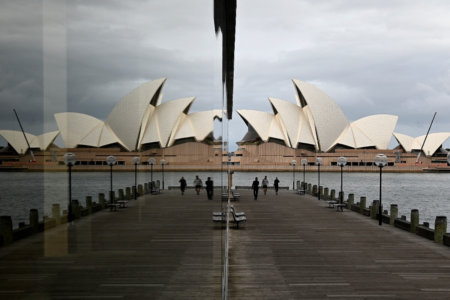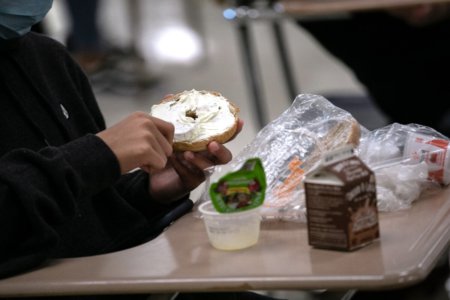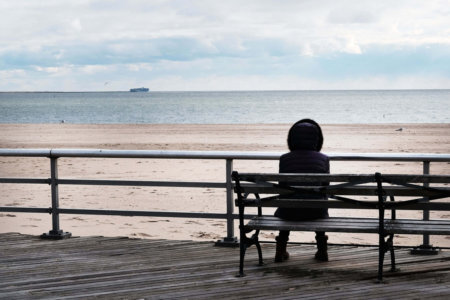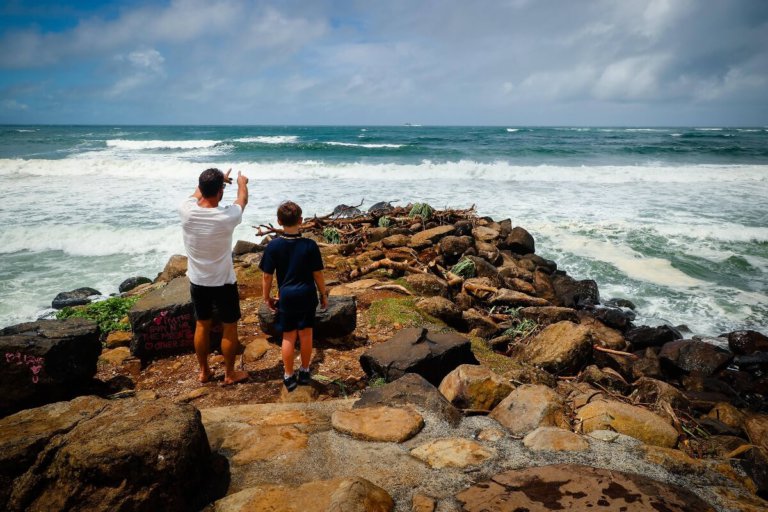
The Australian government is working on a plan to allow temporary visa holders to return to Australia. The country’s Immigration Minister Alex Hawke said the government is planning to let temporary migrants, including international students and visitors, enter the country as soon as possible, reported SBS Punjabi. Speaking to SBS News, Hawke said: “We’ve learned one thing out of COVID, and that is we absolutely miss the visitors to our economy and temporary visa holders. We want them back as soon as possible.”
“That’s why the government is rolling out our vaccination programme and preparing for the opening of our international borders, so we can have those important visits from tourists that spend so much money in our country — but also the international student sector, one of our largest export sectors, they value-add so inherently to the Australian economy — we want to get them back.”
In The Sydney Morning Herald, New South Wales Treasurer Dominic Perrottet said international education is a bigger employer in NSW than agriculture, mining and real estate. Perrottet has been a vocal advocate for getting Australia’s international education sector up and running again. “This isn’t about putting international students before returning Australians who are still overseas. It is about finding a way to look after both. And the reason is often lost,” he wrote.
Perrottet argued that while students and the education sector are affected by border closures, so are the livelihoods of tens of thousands of people in NSW who depend on international education. The other hidden cost includes leading universities that are missing the contributions of higher degree research and PhD students from offshore. “If Australia is to ensure it has a long-term future beyond being an exporter of resources and agricultural products, we must act now to restart and reinforce our struggling service export industries, particularly international education,” said Perrottet. He also cautioned that failing the class of 2021 could “hurt the tens of thousands of people employed in the sector and will cost us for years to come”.
Students eager to return to Australia for a better learning experience
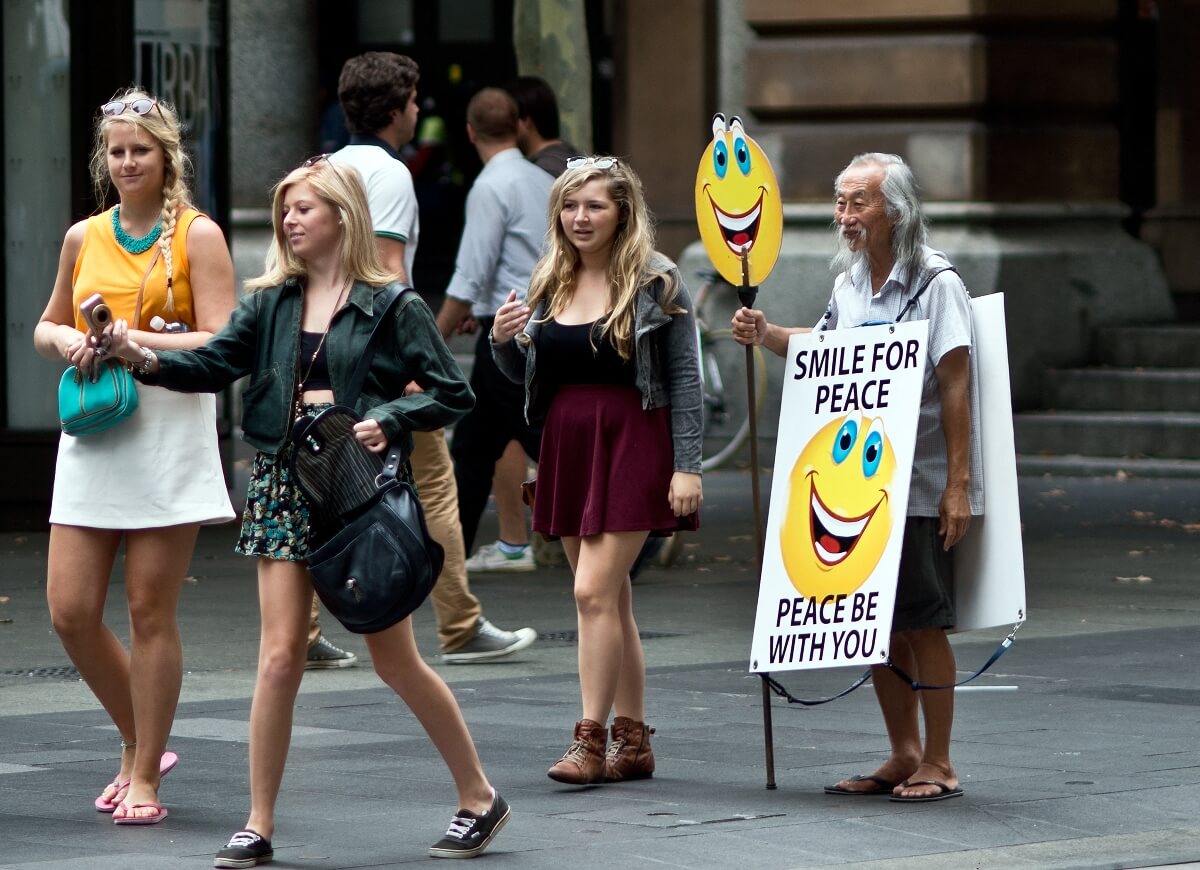
Remote students have complained about the poor quality of online learning and wish to return to Australia as soon as possible. Source: Vatsyayana/AFP
International students have been campaigning for a clear timeline over their return to Australia. Remote students have complained about the poor quality of online learning and wish to return to face-to-face learning as soon as possible. A new survey has found that student satisfaction at Australia’s universities has dropped. The 2020 Student Experience Survey by the Quality Indicators for Learning and Teaching (QILT) found that international students appear to have reported a sharper fall in student ratings than domestic students in 2020.
For example, international student ratings of the quality of their overall education experience declined by 12% in 2020 in comparison with a 9% decline among domestic students. Similarly, international student ratings of learning resources declined by 11%, a sharper fall than the 7% decline reported by domestic students. Conversely, international students experienced a lesser fall in learner engagement, 10% in comparison with the 16% decline reported by domestic students.
“There may be a partial explanation for this finding in that data from the Department of Home Affairs shows around 76% to 77% of primary student visa holders were actually in Australia in August/September 2020,” said the report. “This possibly runs contrary to the popular perception that most international students were unable to come to study in Australia due to COVID-19 restrictions surrounding international travel. That most international students were studying in Australia may have contributed to a smaller decline in learner engagement among these students than might first have been imagined.”








